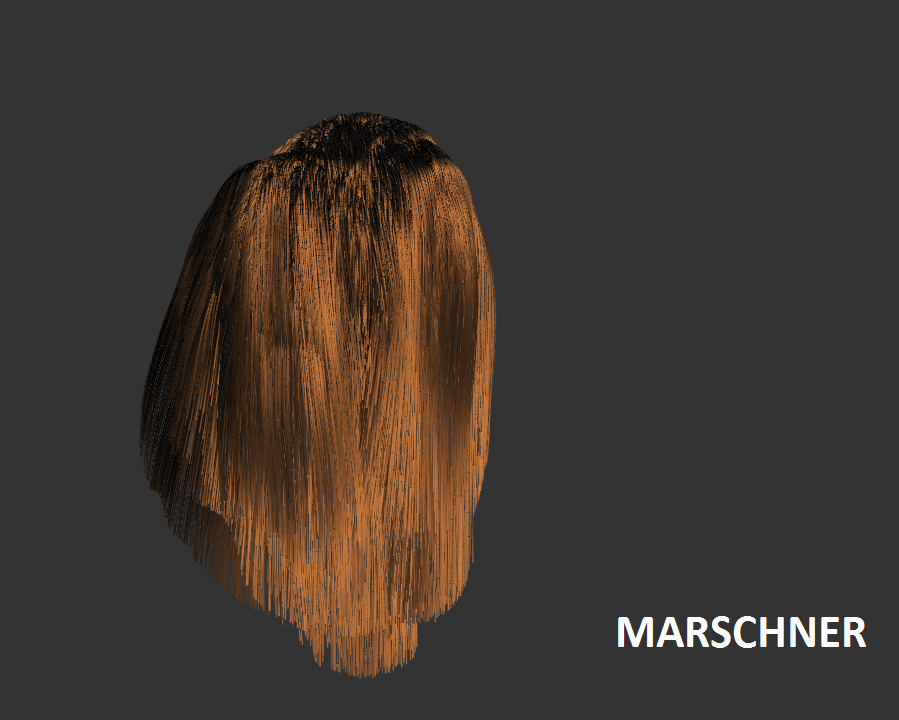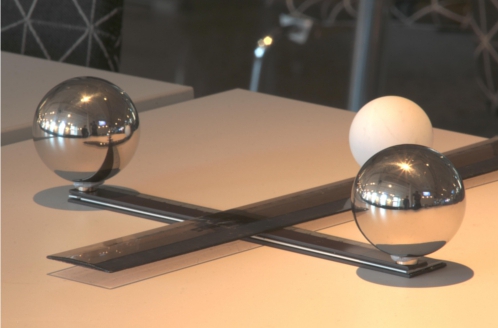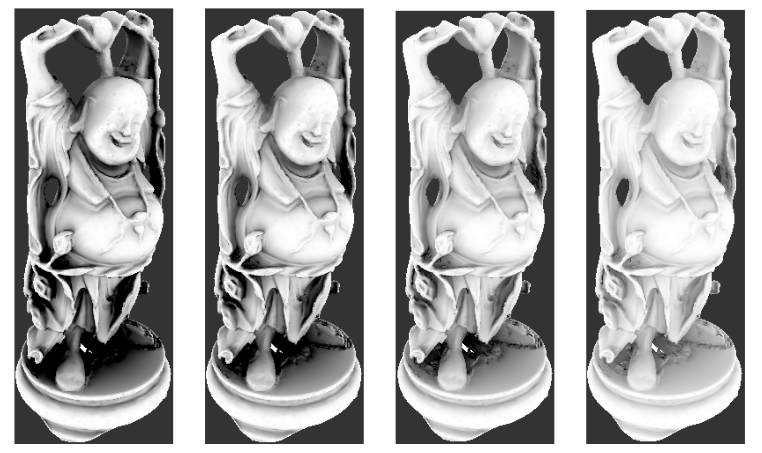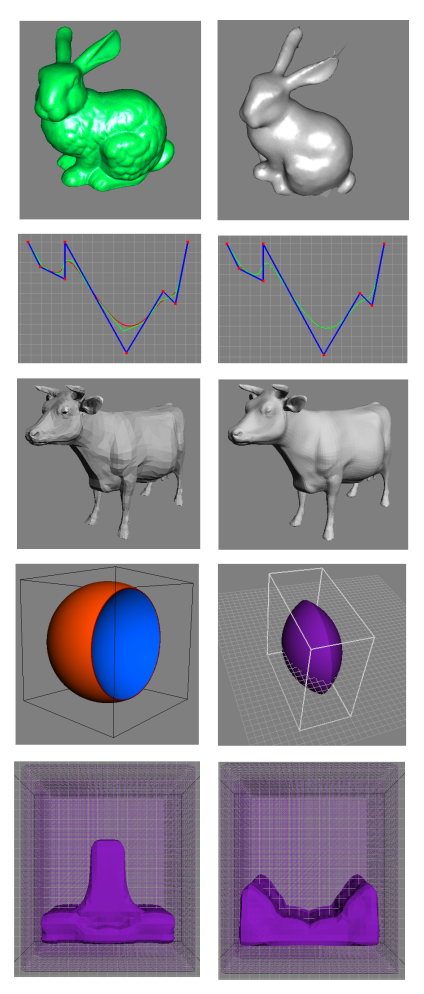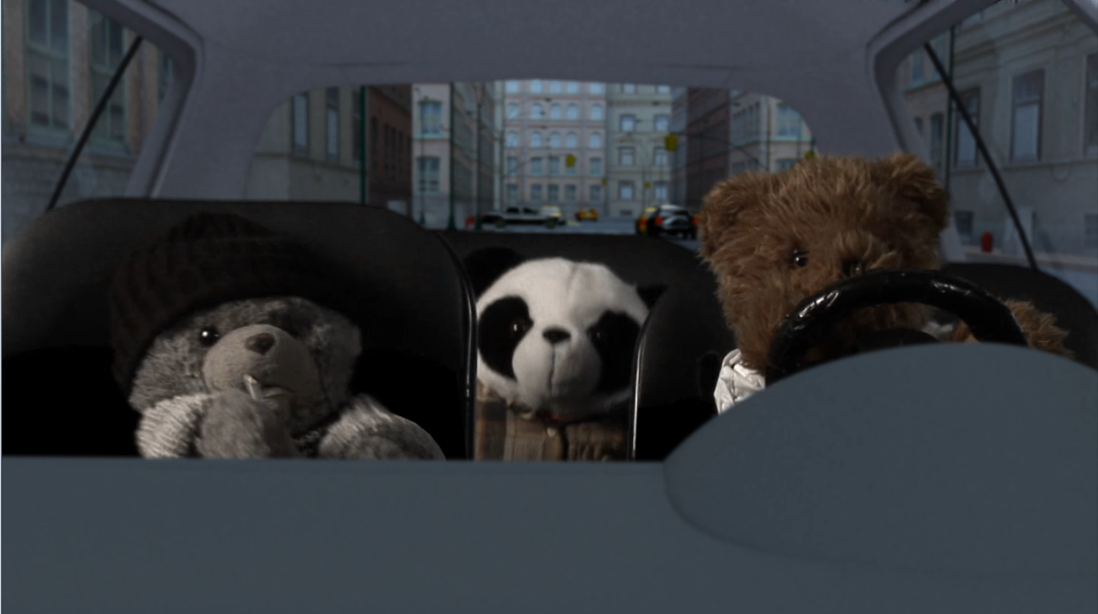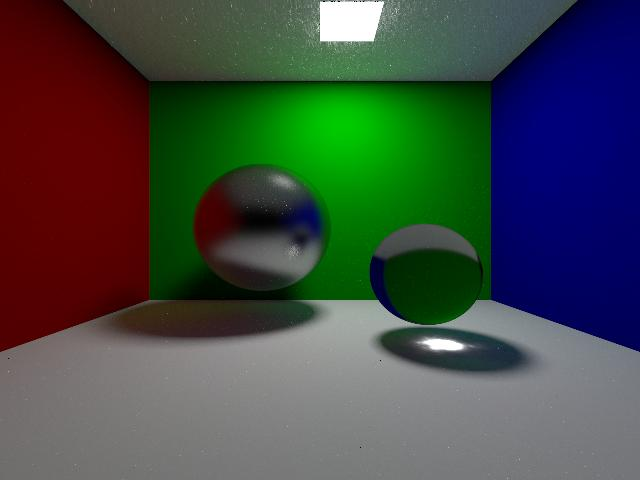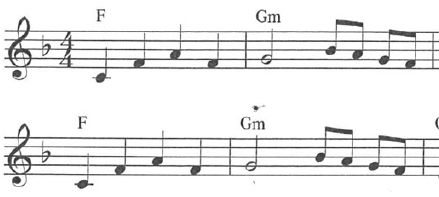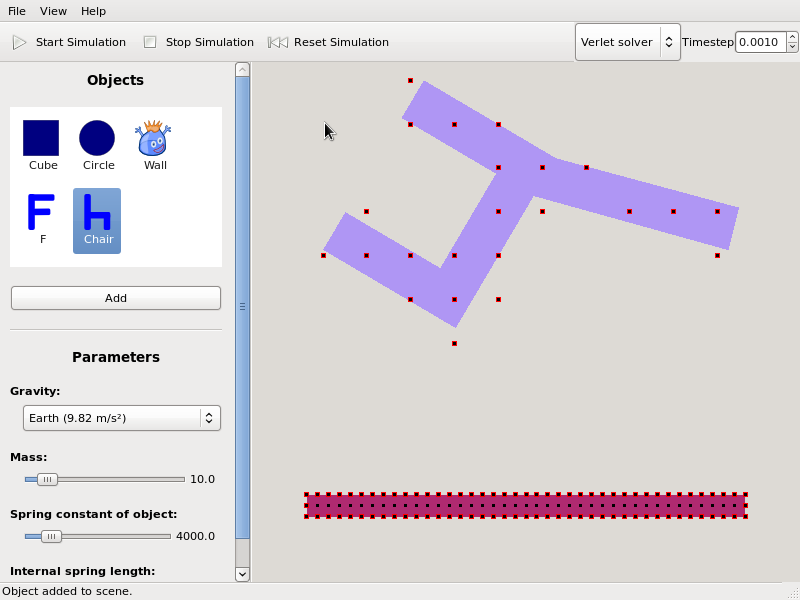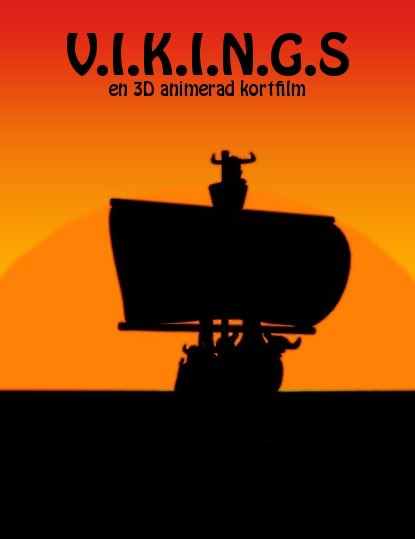Master Thesis: Improving the visual quality of crowd systems for feature film productions
2012
Course: Master Thesis
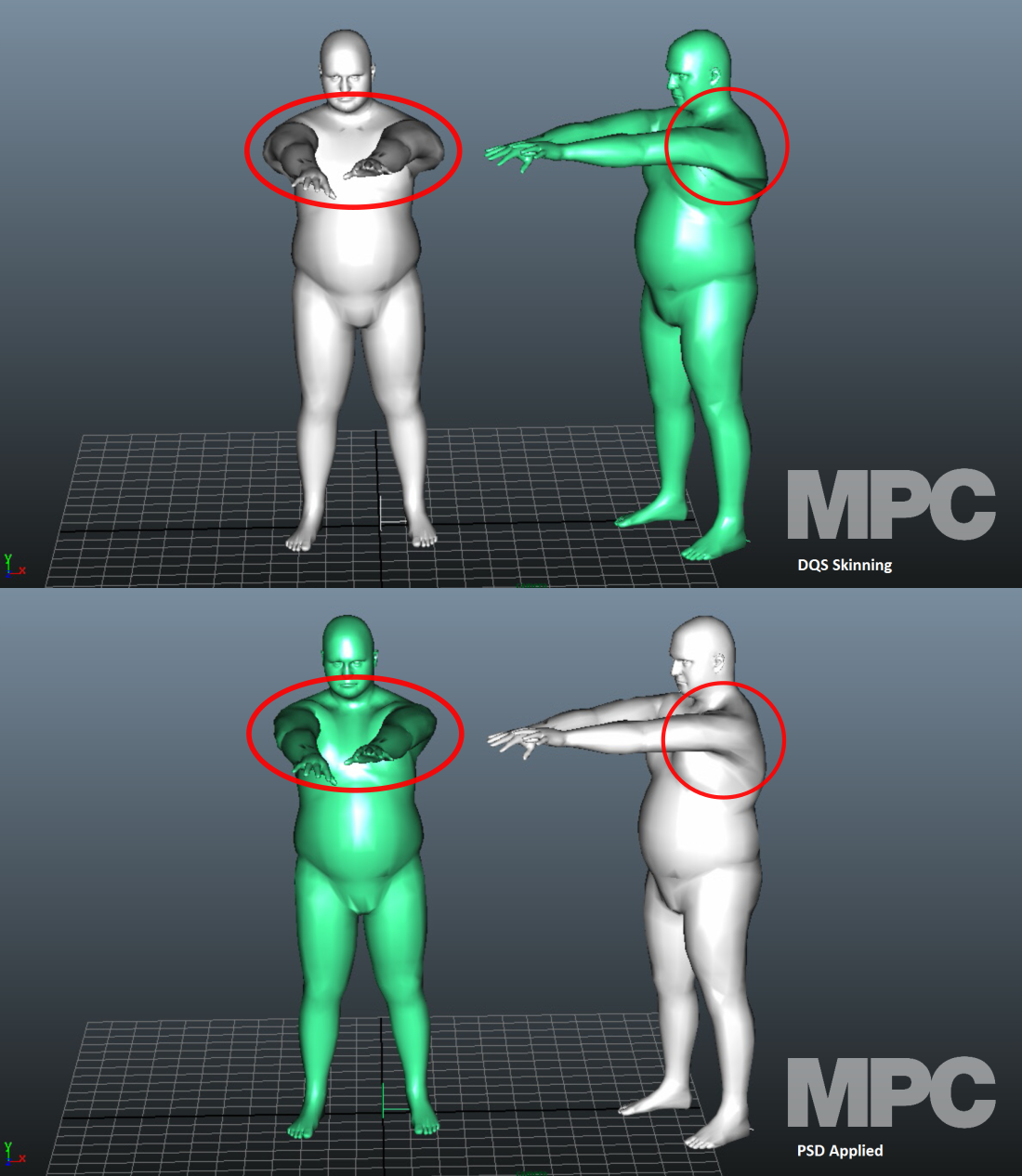
Abstract
My Master Thesis was about improving the visual quality of crowd characters at the Moving Picture Company in London, where focus was laid on mainly Pose Space Deformation (PSD). Several different PSD techniques were implemented and compared as well as an own localized technique. In order to remove the visual artifacts around joints, such as the collapsing elbow and the candy wrapper effect, a new method called Stretchable and Twistable bone skinning was also implemented. Furthermore, some research around creating Dynamic Pose Space Deformation based on joint accelerations was also done and is presented in this paper. Two methods were implemented to handle dynamic effects on crowd characters, such as fat bouncing from for example running and jumping.
- Keywords: Pose Space Deformation (PSD), Radial Basis Functions interpolation, Shepard's interpolation method, Stretchable and twistable Bones Skinning,Dynamic Pose Space Deformation
- Technologies: C++, Lua, Maya
- Duration/points: 12 weeks/18 ECTS
- Individual project: 1 person
